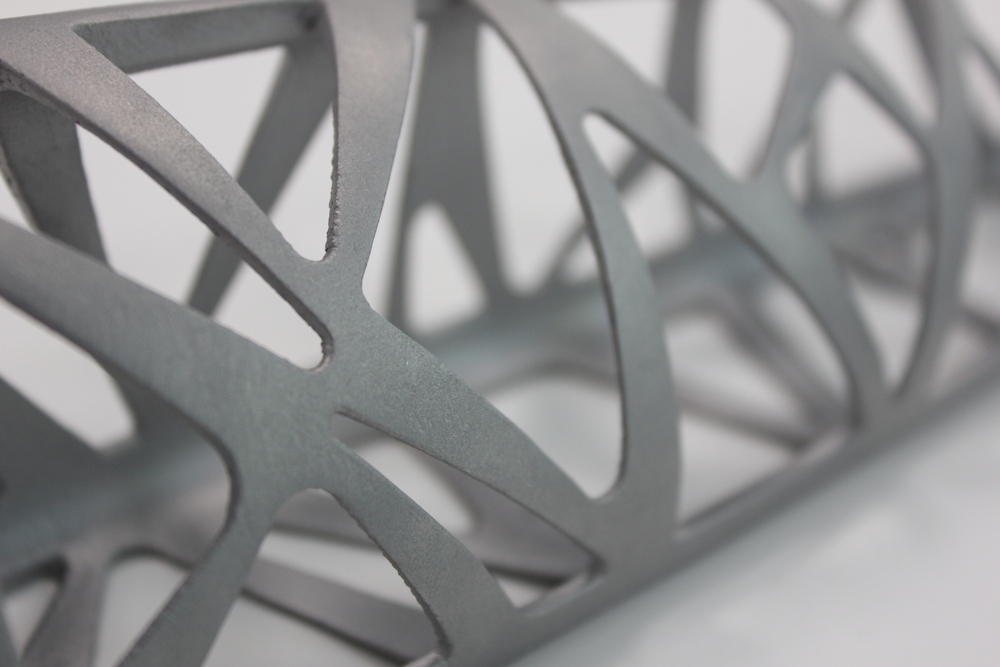Metal 3D printing is still considered as an expensive manufacturing process. Some companies therefore may resort to the use of cheap metal powders for their production, which is not always a brilliant idea. LPW Technology, a specialist of metal powders, explains why.
How can we define “Quality”?
According to our expert, ‘Quality’ is defined by consistency of supply, full traceability and reliable material performance. Consistency of supply and traceability are controlled by robust Quality Management Systems, optimised manufacturing methods and trusted supply chains, whereas the properties of the powder itself determines material performance.
Unlike conventional techniques, 3D printing allows the reuse of a batch of material which has been through the process. Indeed, “the business case for reusing powder is strong, the more times you can reuse a batch of powder the lower the final cost per part is, on the basis of less powder ‘wasted’. The number of times a material can be reused is often determined by the user, or a perceived industry standard, but either way material performance in delivering as-built parts is typically the key metric.”
So, what should we consider?
Three key factors should therefore be taken into account: the cost per part, the number of viable builds that can be completed from a single batch of powder, and the number of parts that can be produced in each build.
As far as the final cost per part is concerned, it should be noted that it can be influenced by a number of elements. Material cost is often a key issue in manufacturing be it in conventional processes or in AM, however, in this case, powder reuse means that final cost per part does not have to reflect initial powder cost per kilo.
As for the two other factors, the company explained that the number of parts produced in a single build is entirely application specific and depends on the size of the part and the size of the available build volume. The number of builds that can be completed for a single batch is dependent on how quickly the powder breaches the specification limits. At this point we must consider the influence of powder evolution, how a material varies from initial specification.
For further information about 3D Printing, follow us on our social networks and subscribe to our newsletter!
Would you like to be featured in the next issue of our digital magazine? Send us an email at contact@3dadept.com
//pagead2.googlesyndication.com/pagead/js/adsbygoogle.js
(adsbygoogle = window.adsbygoogle || []).push({});






